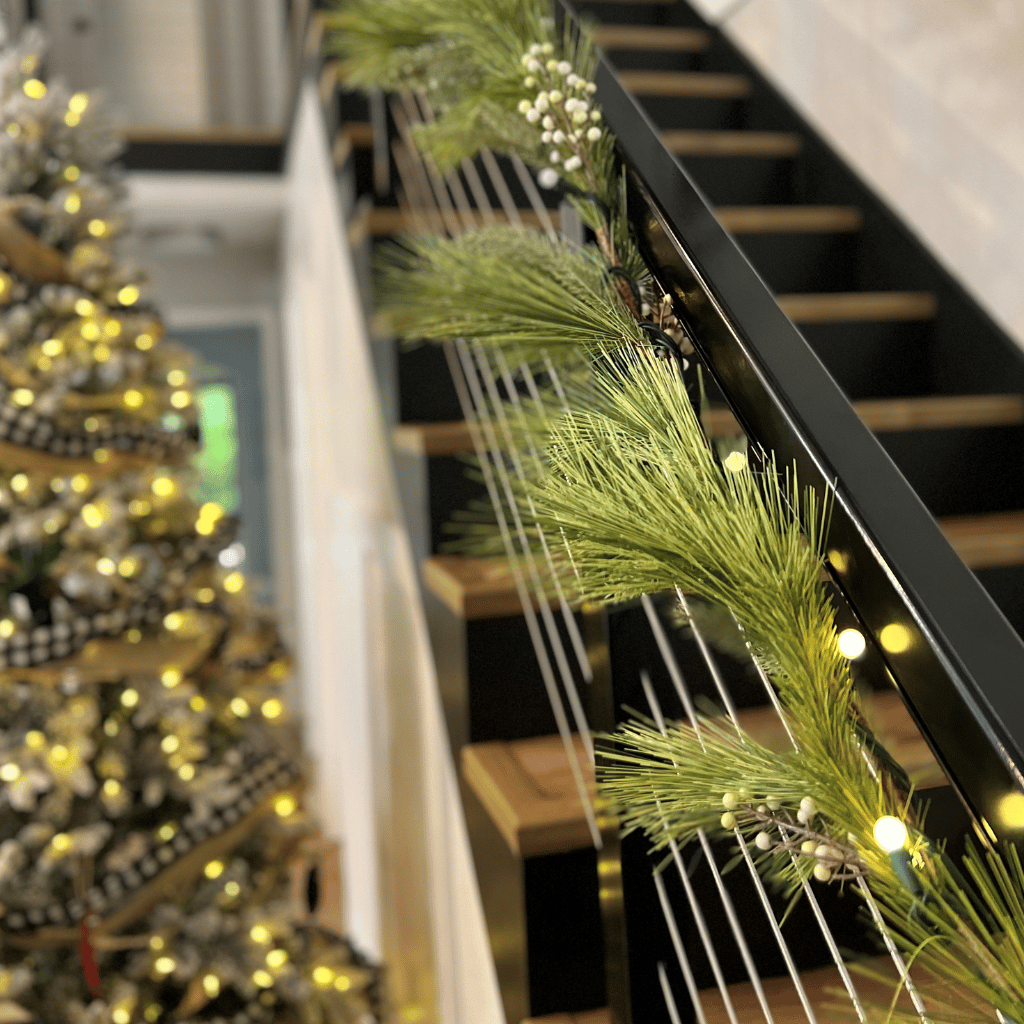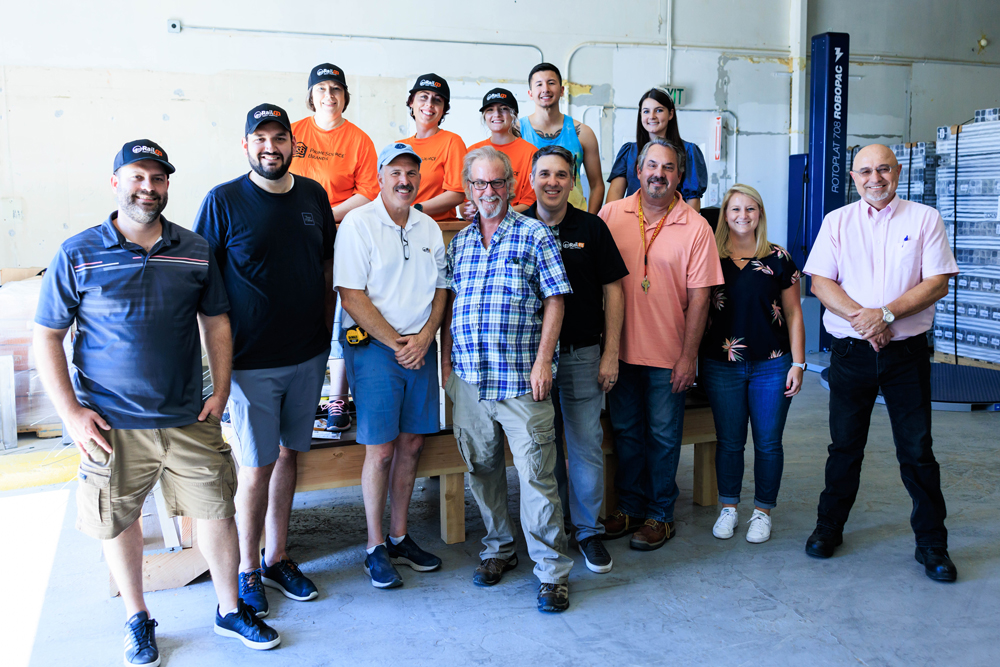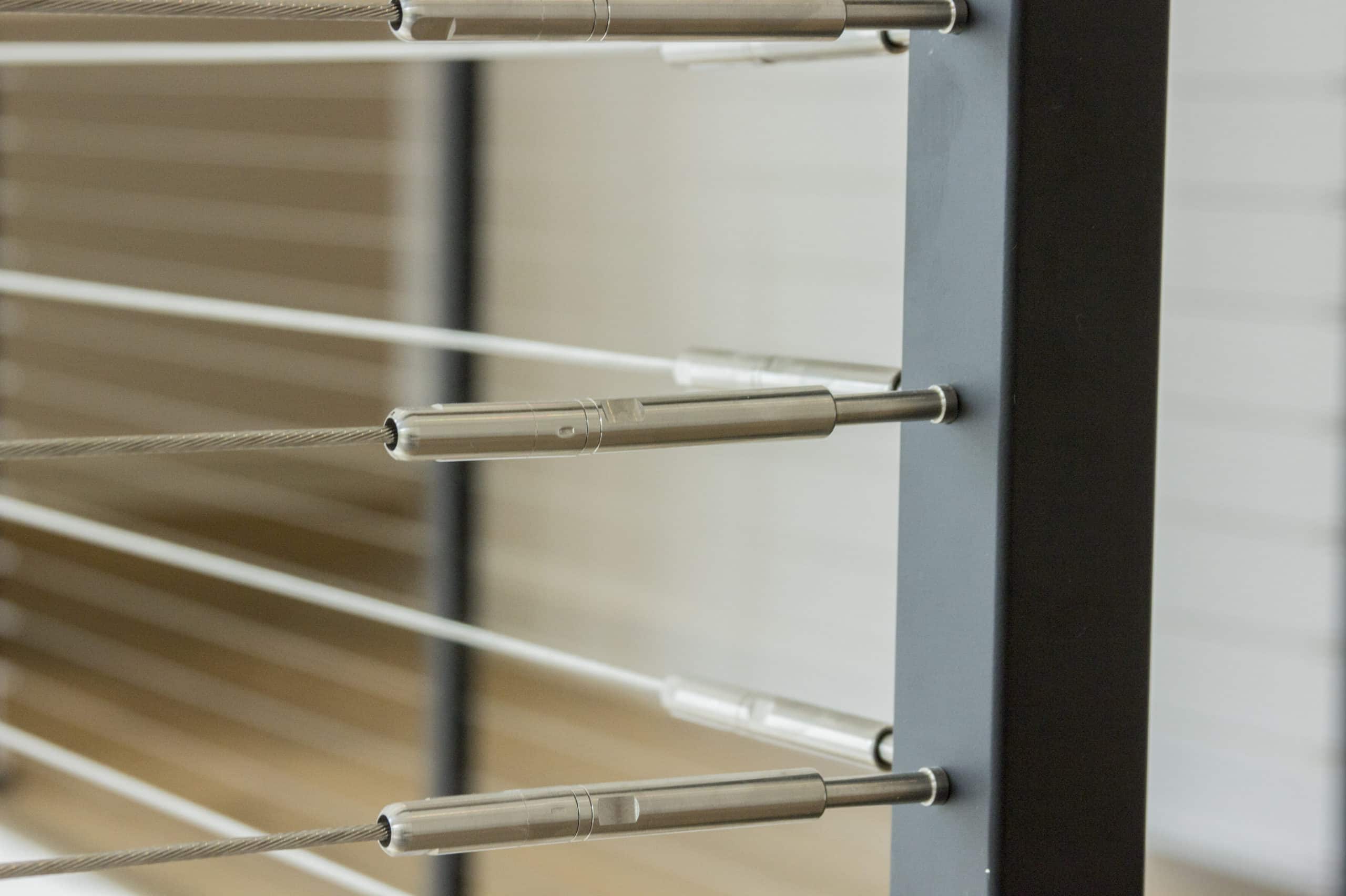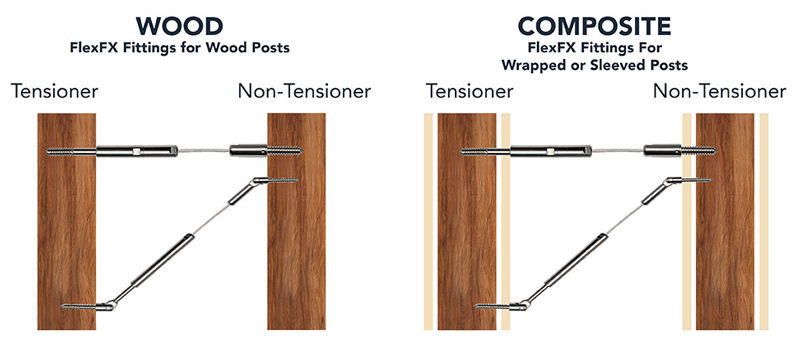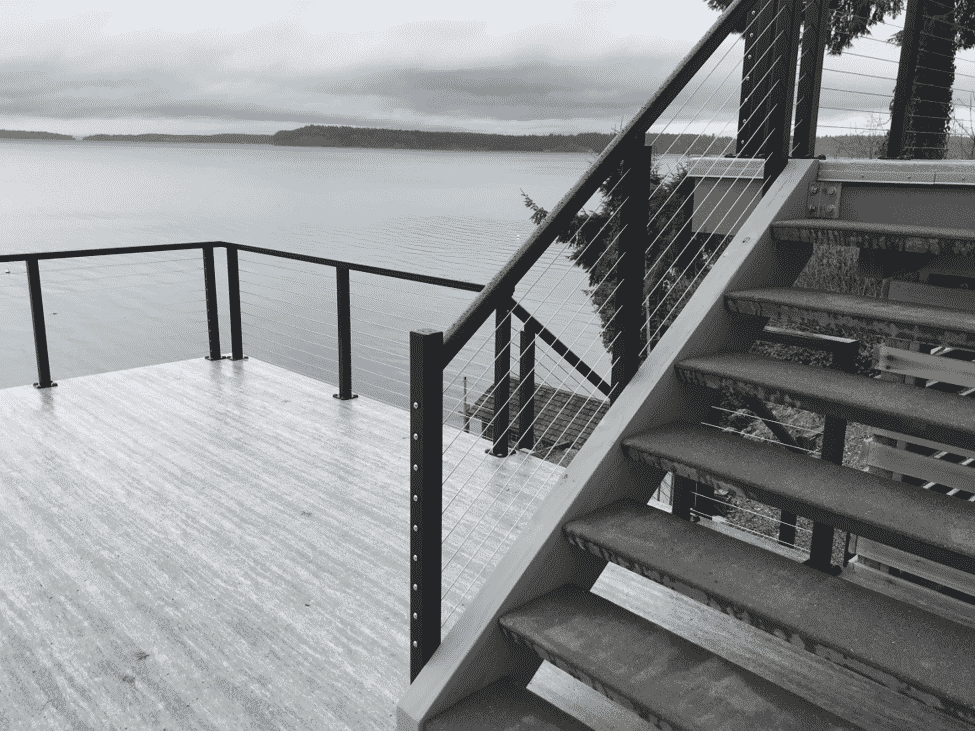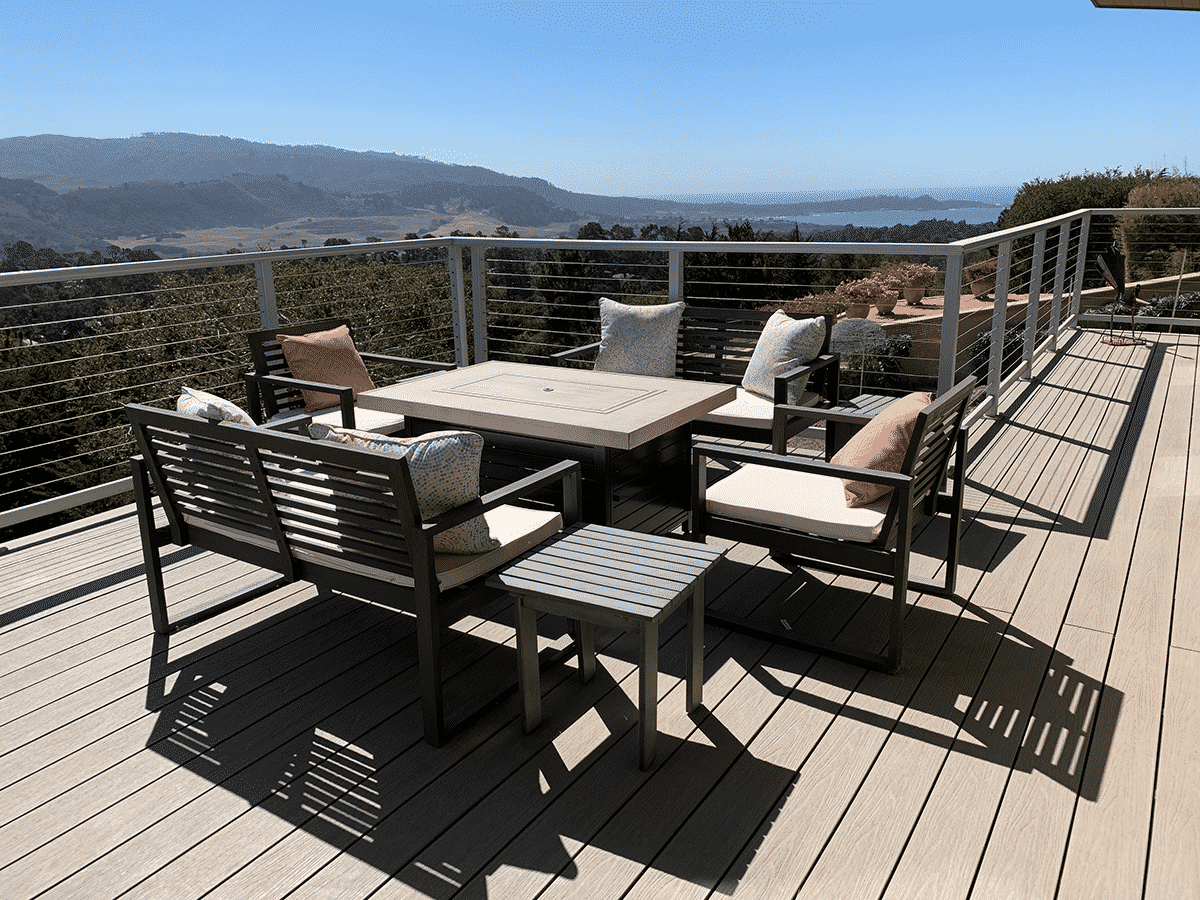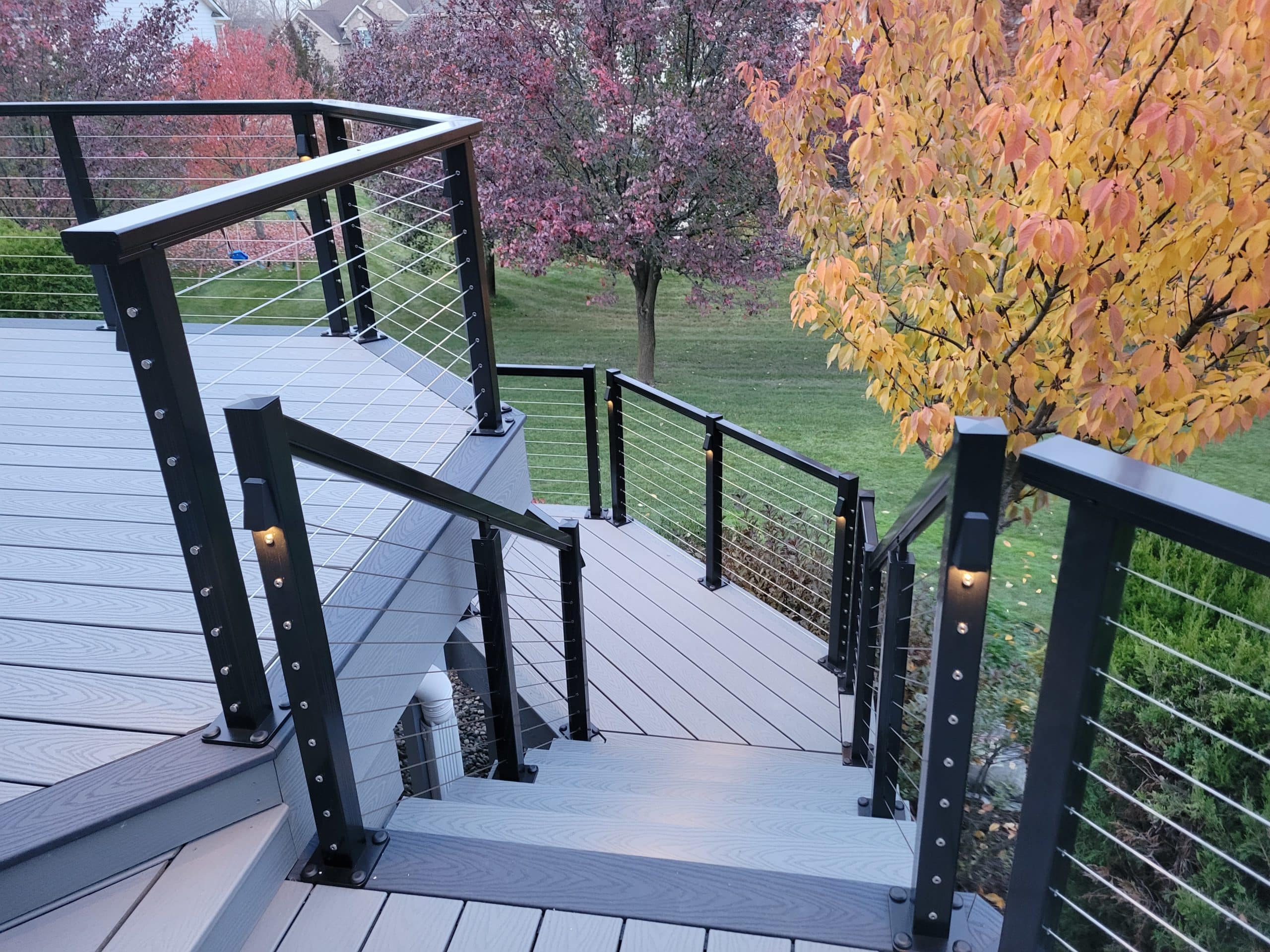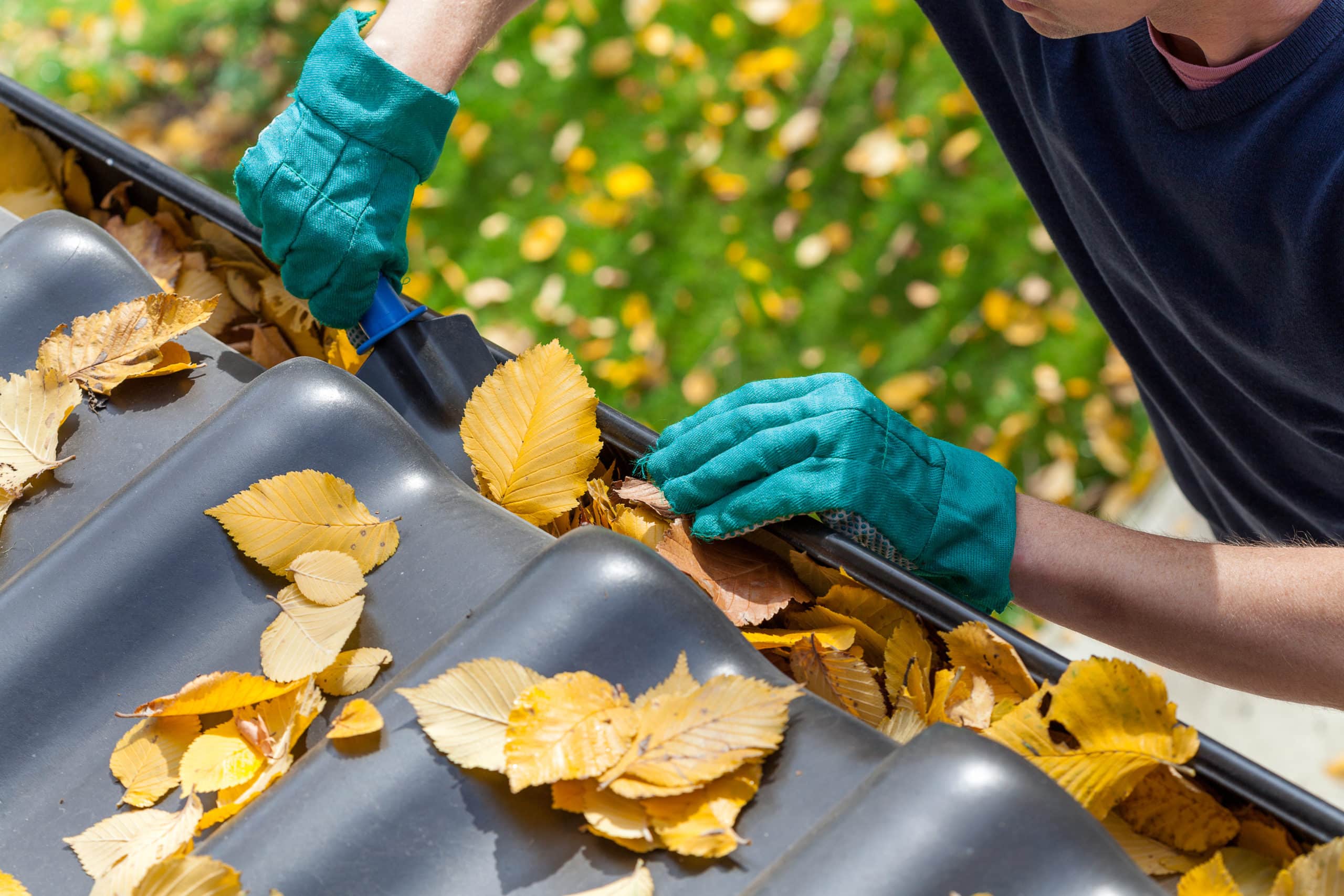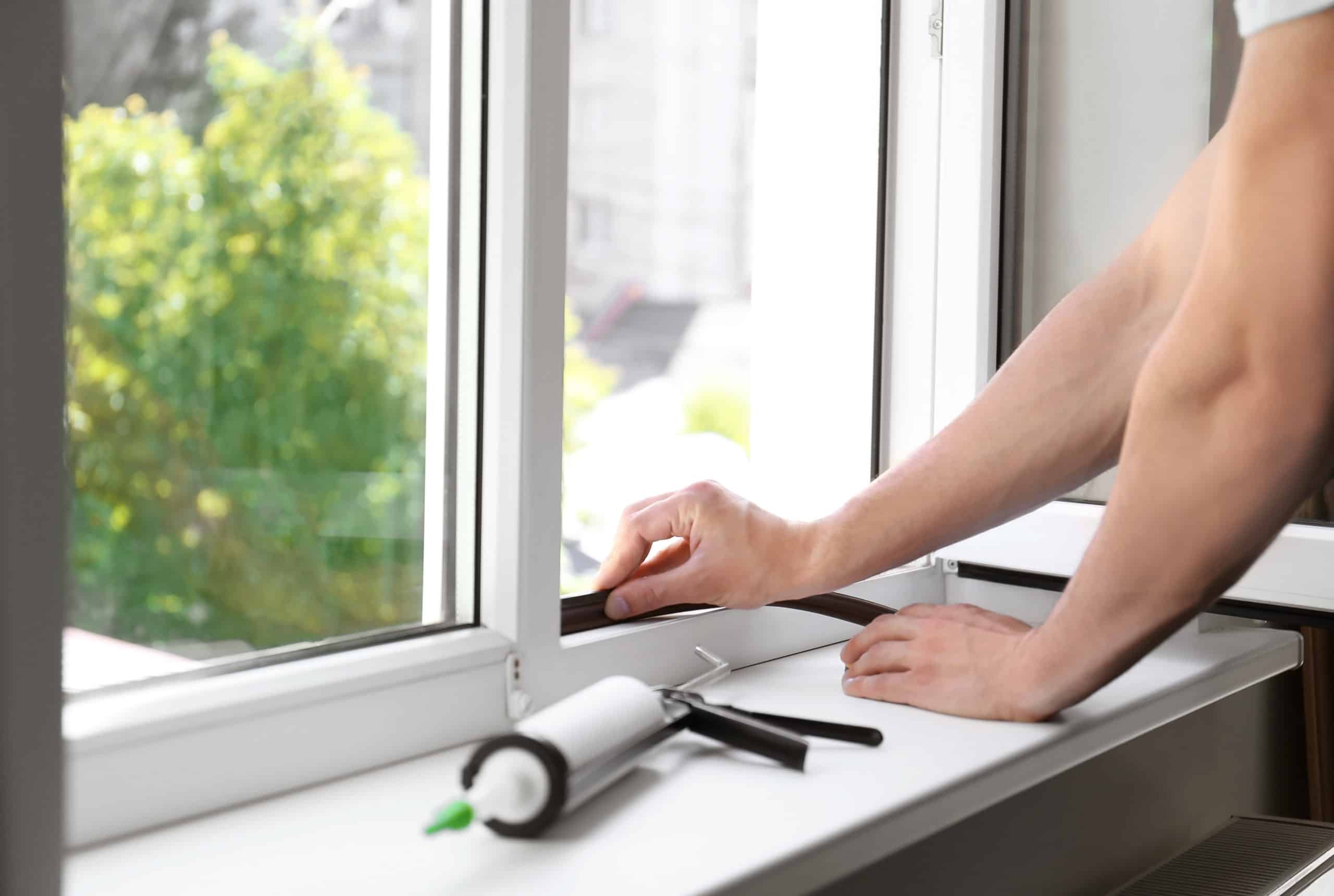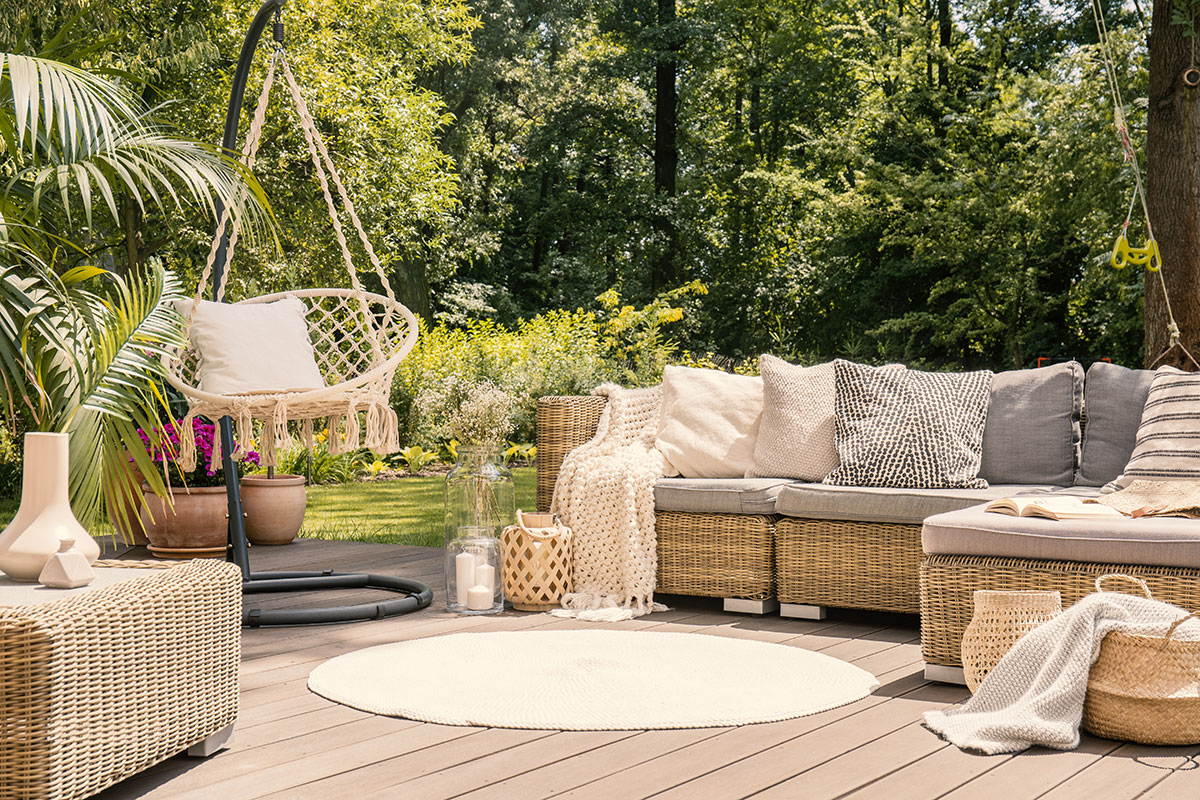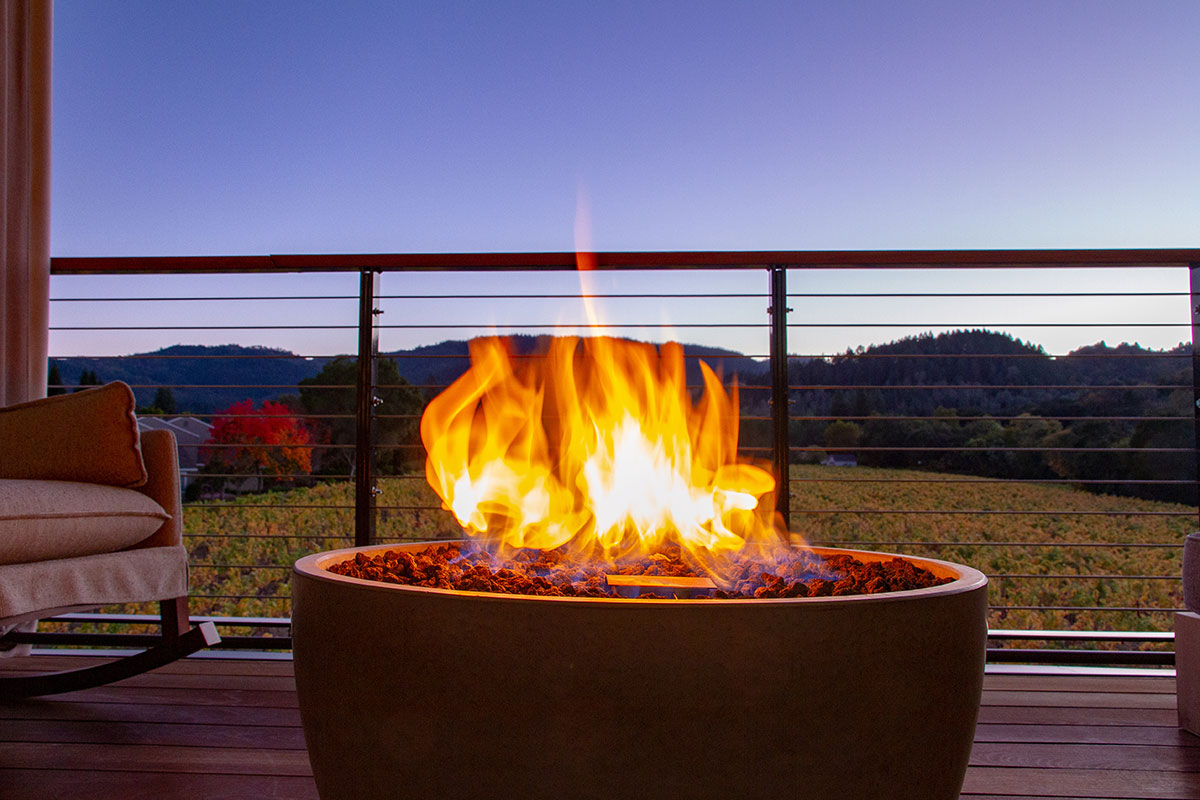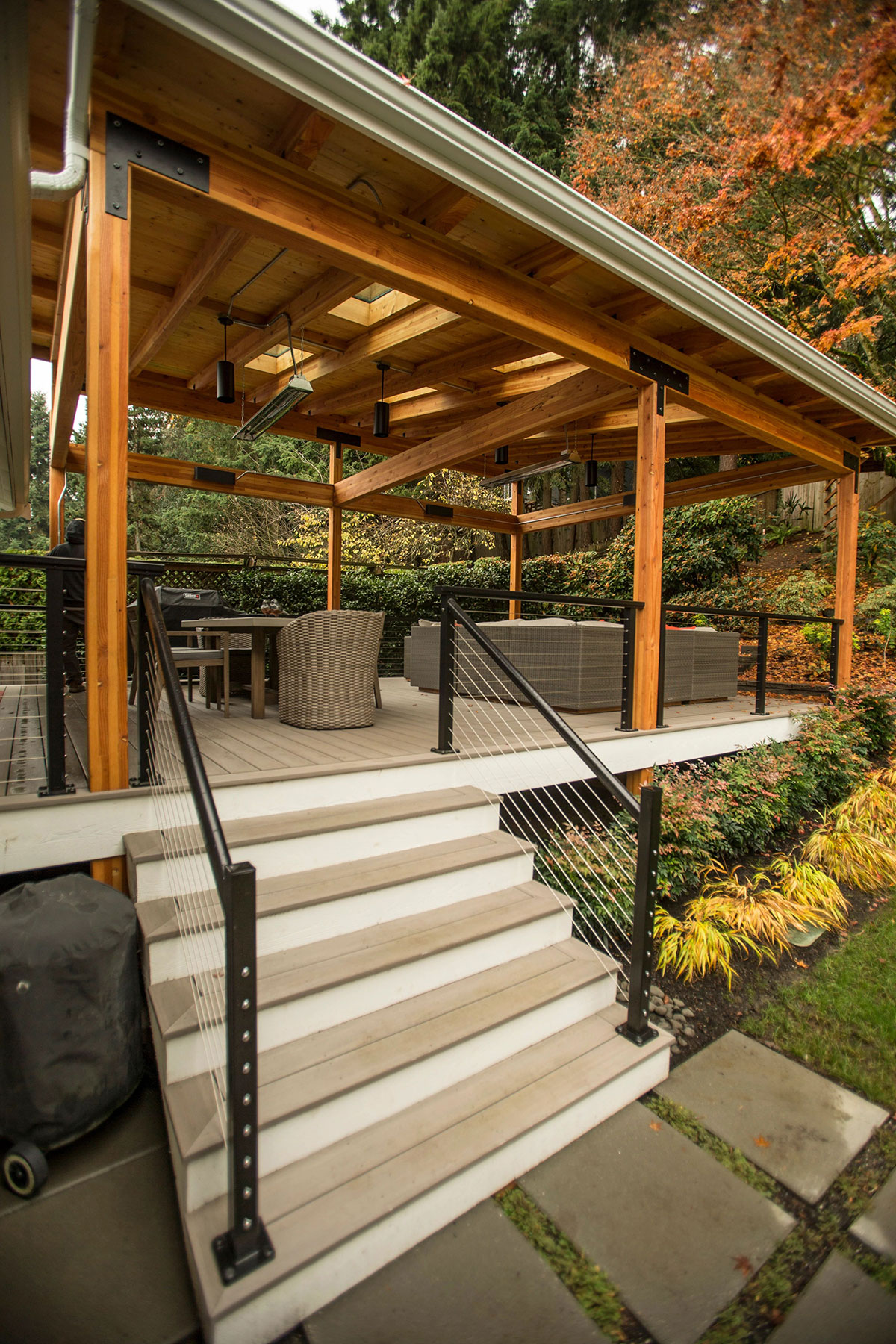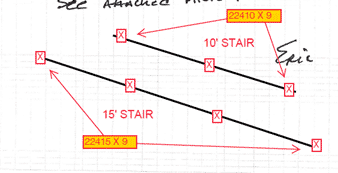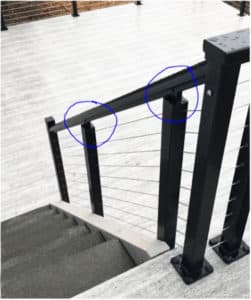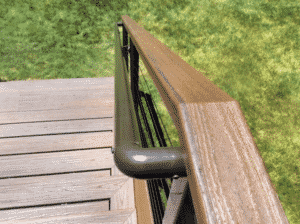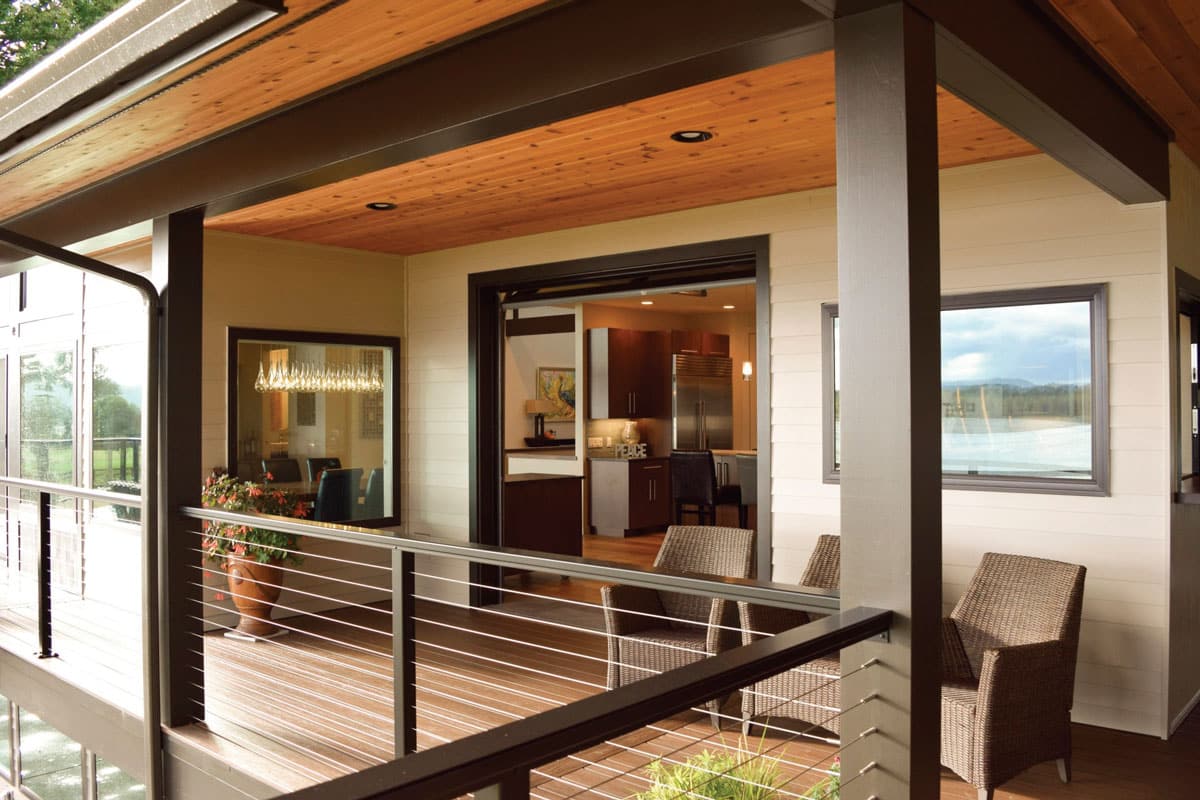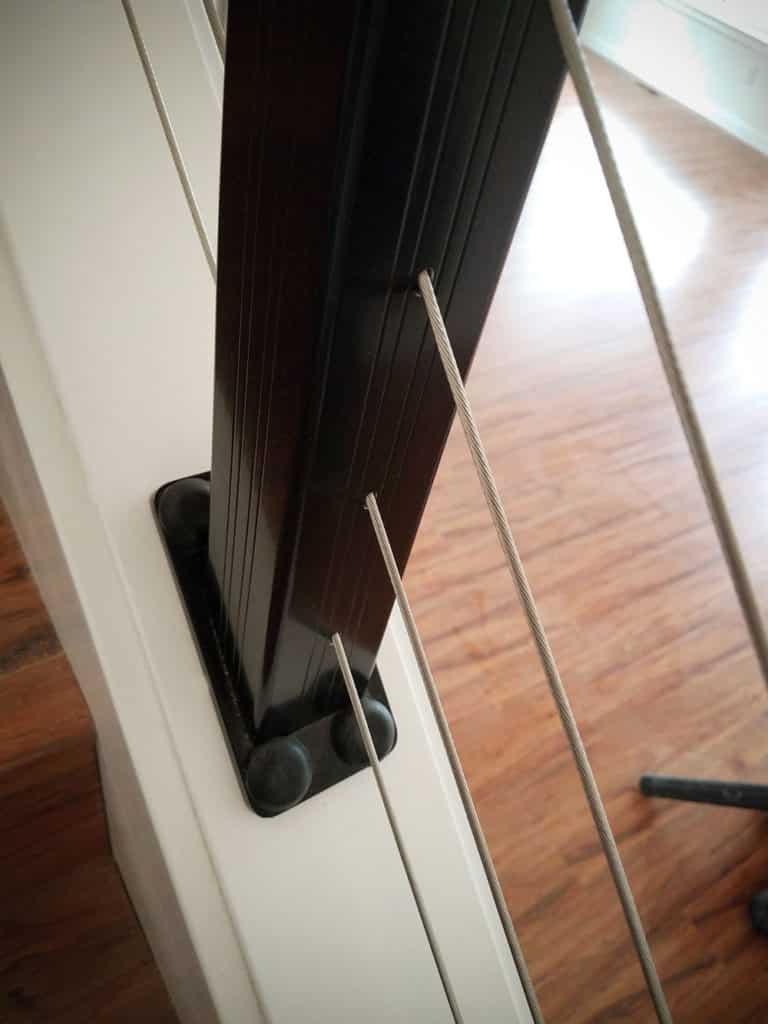Decorate Your Home for the Holidays: 7 Simple Ways to Spruce up your Staircase Railing
It’s the most wonderful time of the year. While trimming the tree and putting up lights is often the focus of the fa la la, consider decorating the area that can offer the most added design drama: your staircase railing. Because the staircase is commonly the first thing people see when they walk through the door, make it a festive focal point of your home. As you deck the halls this holiday season, here are some ideas to spruce up your staircase railing with décor:
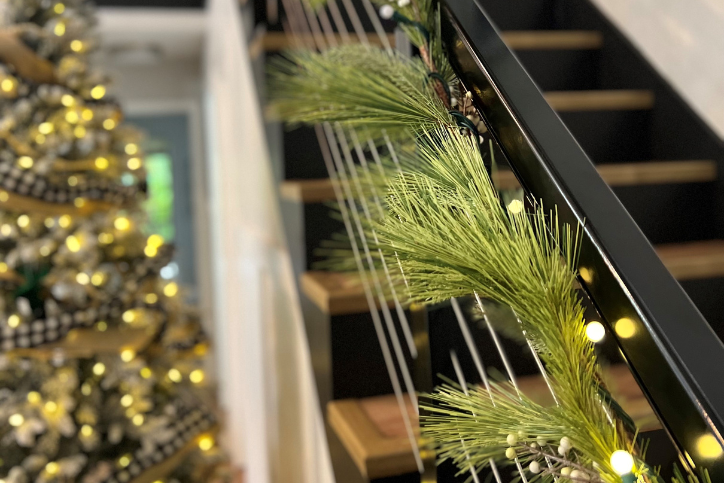
Bring the Outdoors In
Just because it’s winter doesn’t mean you can’t bring the outdoors in. A live or artificial evergreen garland is a refreshing way to include a festive flair. Blend in different types of spray for added texture and lushness. Add in some pinecones, holly, and winterberries to dress it up.
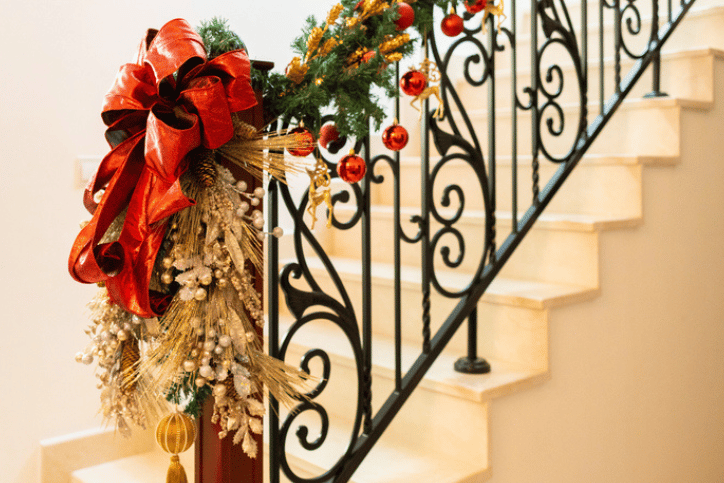
Ribbons and Bows
Ribbon can be used as a garland and connect décor like wreaths spaced throughout the stairway. Experiment with weaving colored, patterned, or textured ribbons through garland for added color and intrigue. Add bows throughout or at critical junctures in the stairway, like a turn or anchoring posts.

Ornamental Embellishments
Add a color theme like silver and gold, red and green, non-traditional colors like pink and teal, or a mixture, depending on your preferences and existing home décor. Embellish with snowflakes, stars, or your own curated ornaments. Need a touch of sparkle? Consider adding tinsel, snow, and glitter.

Lights, Lights, and More Lights
Whether clear, yellow, or multi-color, adding string lights to the staircase garland will illuminate the area and enhance the décor. The glow of holiday lights adds to the festive ambiance and can serve as a wayfinding element in the dark— something you may want to keep up all-year round.
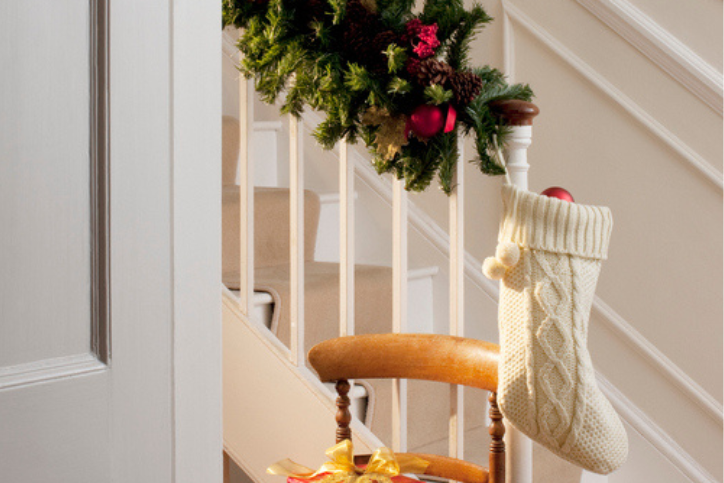
Traditional Focal Point
Either at the base of the stairs, on a landing, or spaced evenly apart throughout the infill, add in your traditional holiday décor to create a focal point. Think family stockings, wreaths, and bells.

Flora and Fauna
Simple to exotic, add floral to your design. Poinsettia, a holiday favorite, or your preferred flower is an excellent way to add a festive touch. Birds can be popular ornaments and décor—consider adding a cardinal for a burst of red, or peacock feathers for a non-traditional holiday color scheme.

Update Your Railing
Still not inspired? If looking at your staircase gives you the winter blues, it may be time for a complete railing update. Check out our inspiration gallery for staircase design ideas. We make it easy to make your dream railing a reality with our simple get a quote feature.
We’d love to see how you’ve decorated your staircase. If you already have a RailFX cable railing, share your decorations by submitting them to our photo contest.

